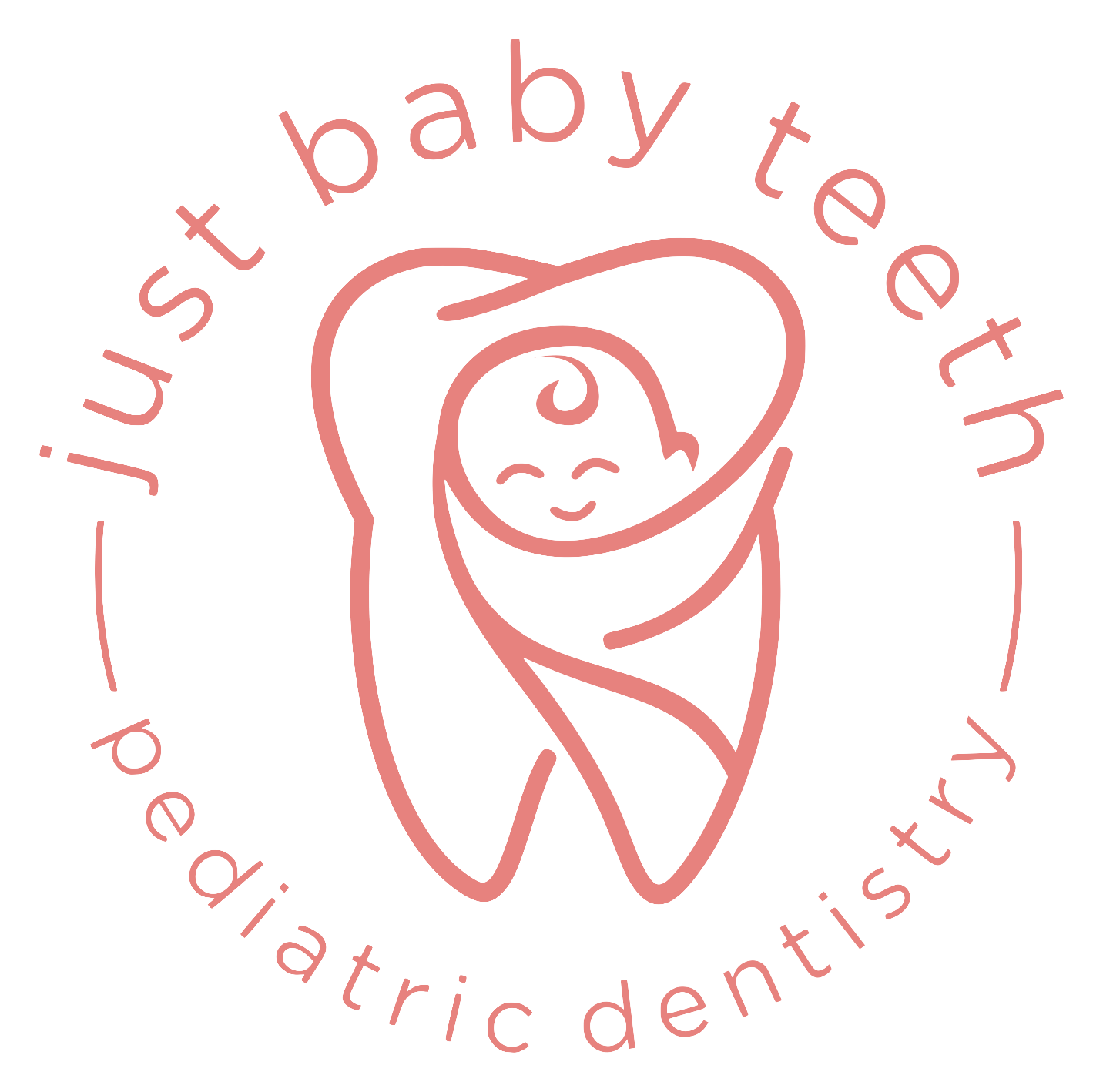5 Signs Your Child Might Have a Cavity (and What to Do)
Most Cavities Go Unnoticed Until They Become Serious
Cavities in children often start small and painless, meaning they go unnoticed until they become serious. By the time a child starts experiencing pain, the cavity may have progressed into an infection requiring more extensive treatment. That’s why early detection is key!
Here are five signs that your child might have a cavity and what to do about it.
1. Tooth Discoloration or Spots
One of the first signs of tooth decay is a change in tooth color. White, yellow, or light brown spots can indicate enamel demineralization—the earliest stage of cavity formation. As decay worsens, these spots may turn darker brown or black. If you notice persistent discoloration that doesn’t brush away, schedule a dental checkup to catch the cavity early.
2. Sensitivity to Hot or Cold
Does your child flinch or complain when eating ice cream or drinking warm soup? Increased sensitivity to hot or cold foods could indicate that the enamel is weakening, exposing sensitive parts of the tooth. If your child regularly complains about discomfort when eating certain foods, it’s time for a dental evaluation.
3. Food Getting Stuck in a Tooth
If food consistently gets stuck in the same spot between teeth or in a small hole, it might be an early cavity forming. Tiny openings in a decaying tooth can trap food, increasing bacteria and worsening decay. If your child frequently complains about food being stuck in their teeth, schedule an exam to check for hidden cavities.
4. Tooth Pain or Discomfort When Chewing
Tooth pain is often a later-stage symptom of cavities. If your child experiences discomfort while biting or chewing, it may indicate that the cavity has reached deeper layers of the tooth. Painful cavities require prompt treatment to prevent further infection or nerve damage.
5. Swollen Gums or Bad Breath
When cavities become severe, they can lead to gum swelling or persistent bad breath. This may indicate an underlying infection or abscess. If you notice gum redness, swelling, or a pimple-like bump near the affected tooth, seek urgent dental care to prevent complications.
How We Treat Cavities at Just Baby Teeth Pediatric Dentistry
At JustBabyTeeth Pediatric Dentistry, we provide gentle, child-friendly treatments for cavities, prioritizing comfort and minimal invasiveness.
Minimally Invasive Treatments:
Silver Diamine Fluoride (SDF): A liquid applied to stop early decay without drilling.
Hall Crowns: A non-invasive technique that seals small cavities under a crown.
Traditional Treatments:
Bioactive Fillings: Tooth-colored, BPA-free fillings that strengthen the tooth.
Stainless Steel Crowns: For larger cavities in baby teeth to preserve function.
Extractions (only if necessary): When a tooth is beyond saving, we ensure a pain-free procedure.
Don’t Wait—Schedule Your Child’s Dental Visit Today!
Cavities won’t go away on their own, and early detection makes treatment much easier. If you’ve noticed any of these signs in your child, don’t wait until the cavity causes pain!
Schedule an appointment at JustBabyTeeth Pediatric Dentistry in Teaneck, NJ. Our stress-free, child-friendly office ensures a comfortable experience for your little one.

